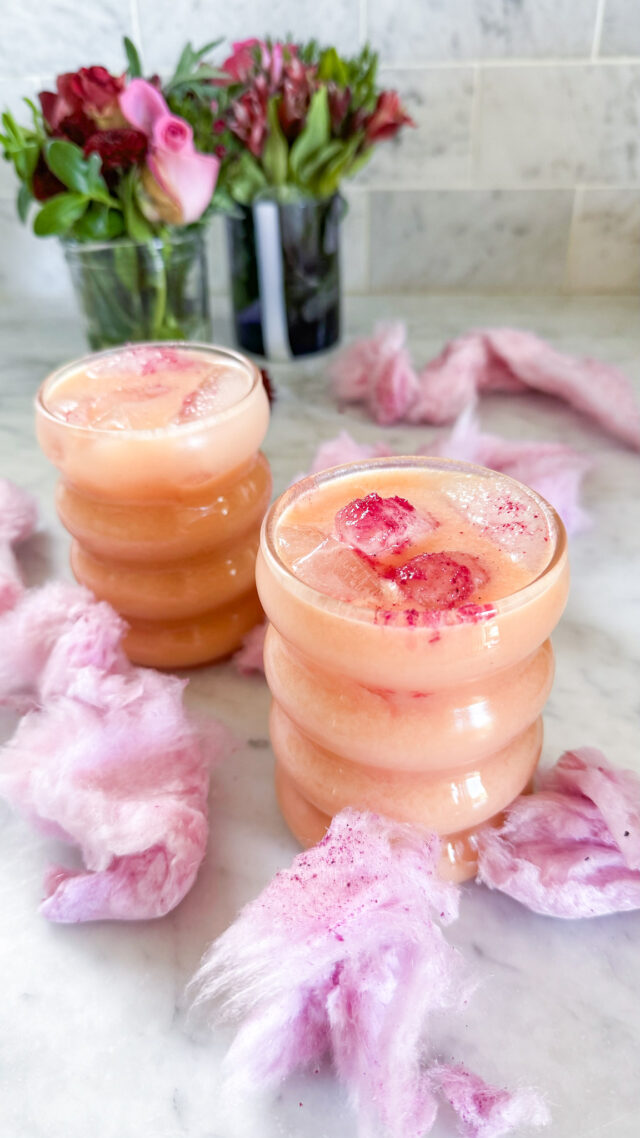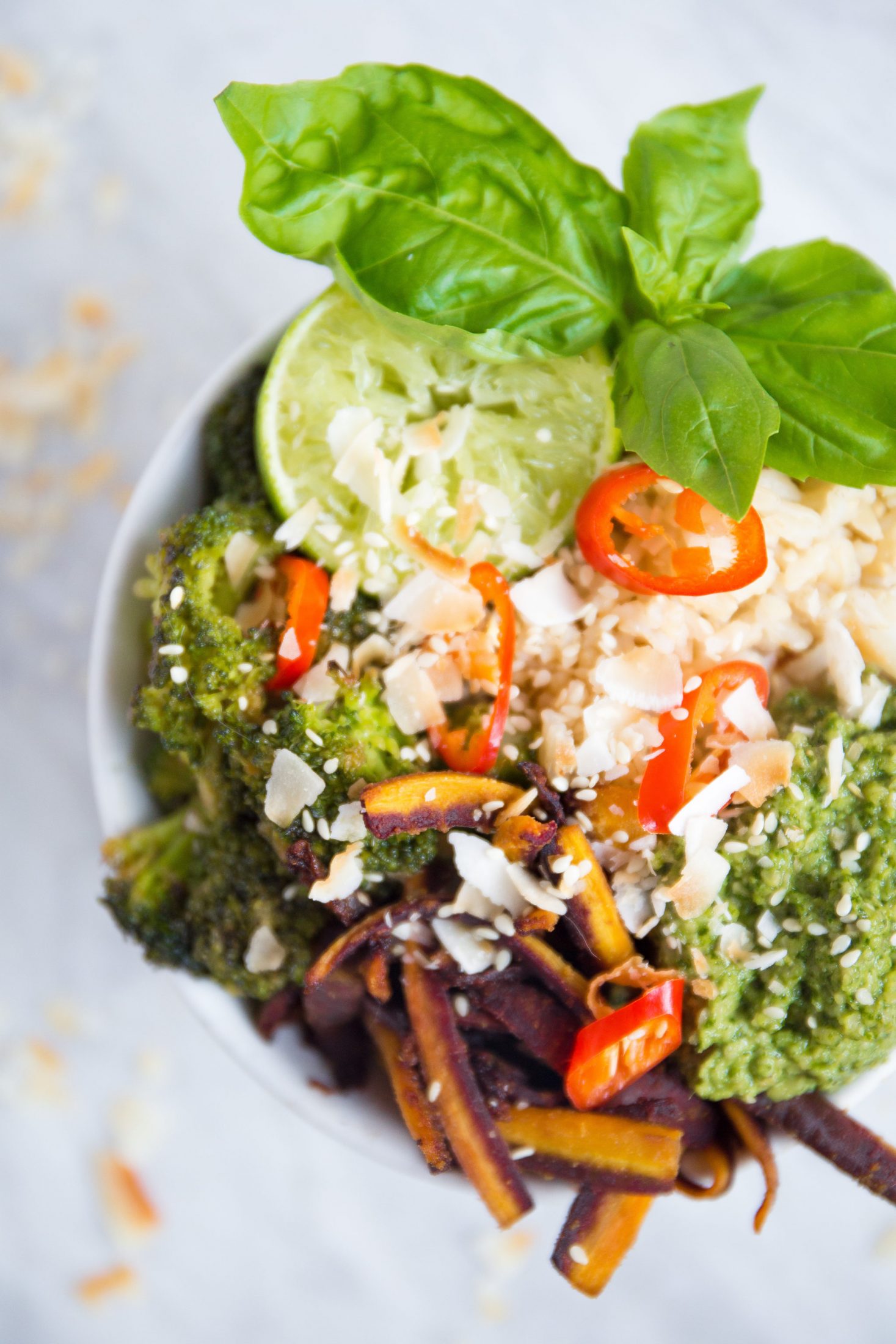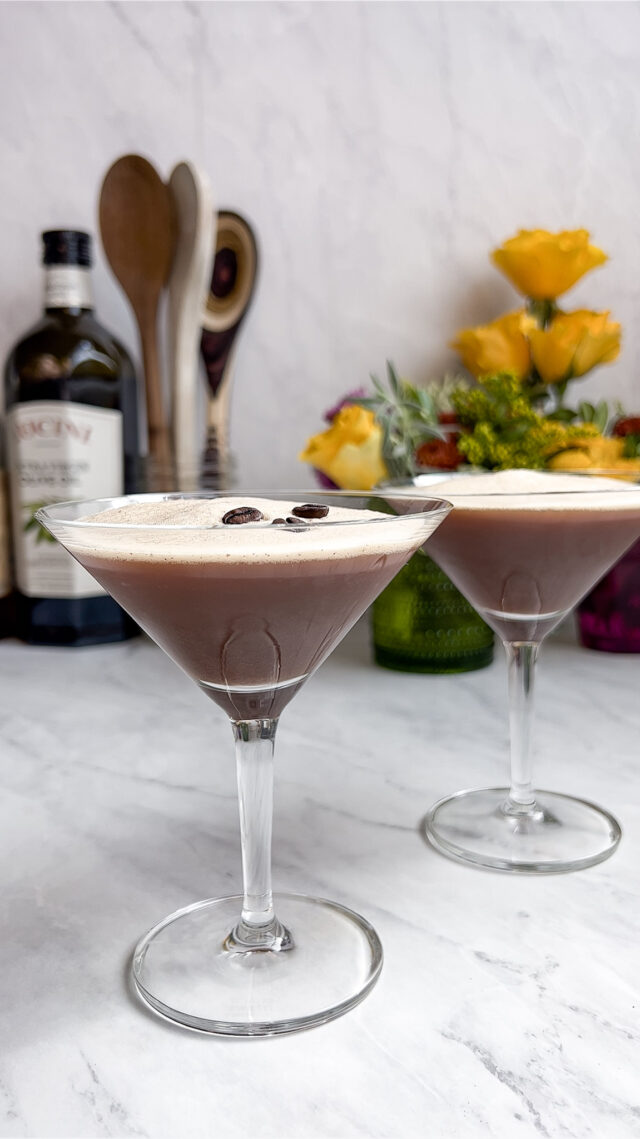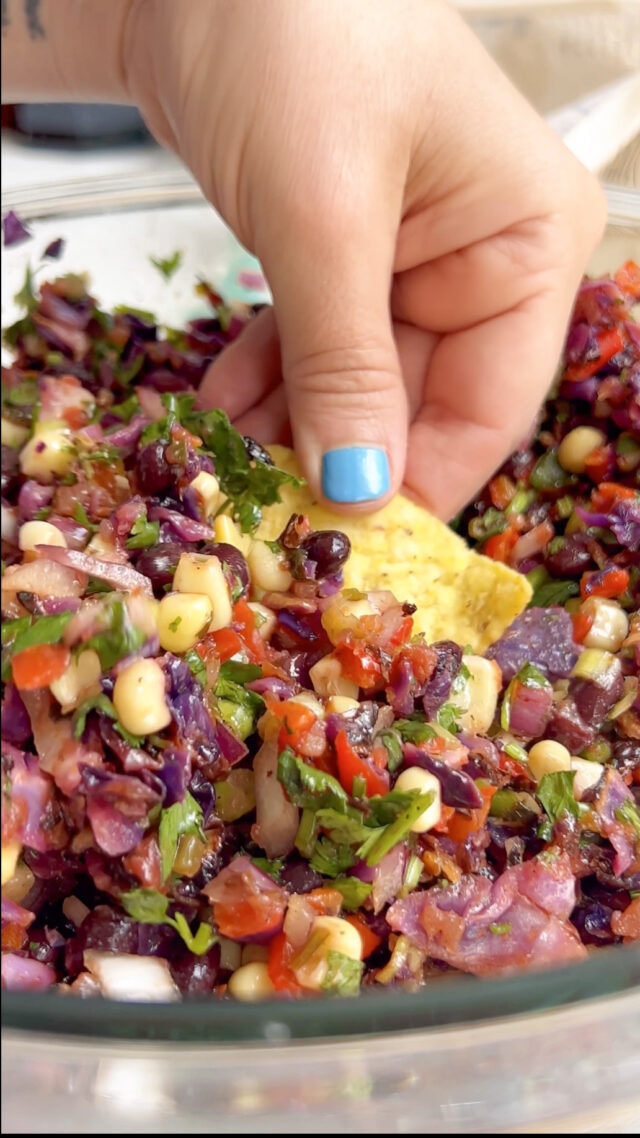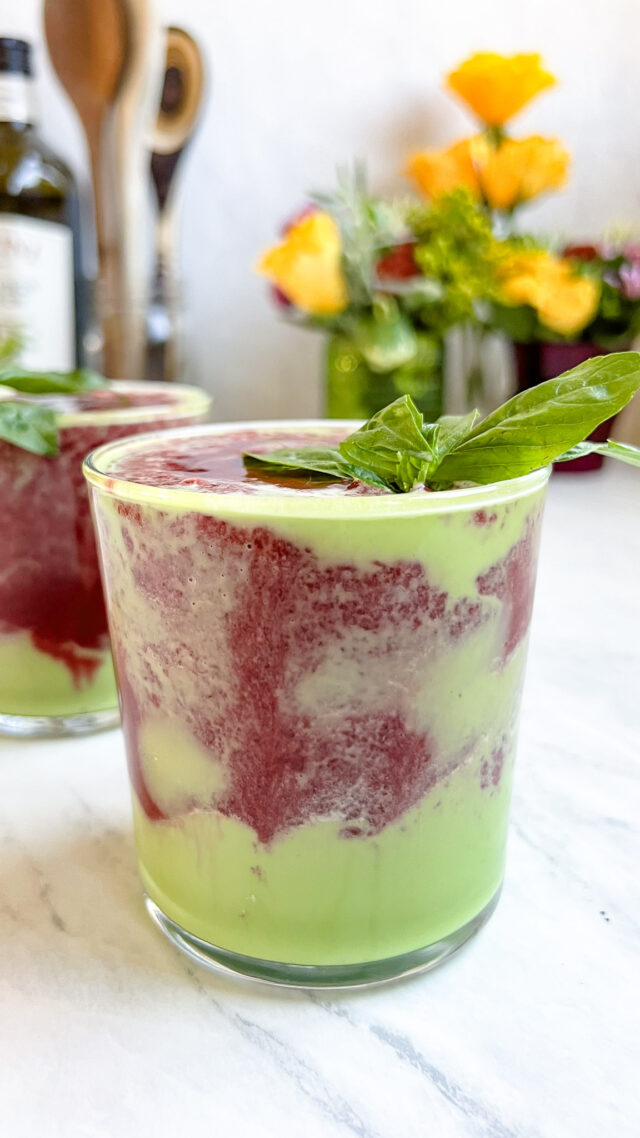While I’m not a huge fan of stealing, full stop, the diets of years ago (I think there’s been a lot of changes in the modern world that are AMAZING, and I also think humans are immensely adaptable), I am a big proponent of taking little bits and pieces of ancient wisdom and using it to make our daily lives easier and healthier.
Sprouting is absolutely one of those things. I first learned about sprouting from the inimitable Sarah Britton, first on her blog (My New Roots, which you need to be reading if you’re not) and then over brunch in Brooklyn, where I peppered her with all of my questions about the practice. According to Sarah, “Every seed is dormant until the conditions are in place for it to become a plant. If you take a sunflower seed and just eat it, you’re actually eating a locked up plant. When you soak it, you’re telling it that it’s about to become an entire plant, because all of the nutrients to become that are inside, but they’re asleep until you soak it. When you soak it, you’re initiating the growing process and awakening the nutrition. Eating a handful of raw almonds isn’t going to kill you—it’s better than a bag of chips—but you’re not getting all of the nutrients.” Throughout history, the practice of soaking or sprouting grains, seeds or nut was super common, but in the last hundred years ago, as convenience has superseded health in the food world, it’s become almost obsolete.
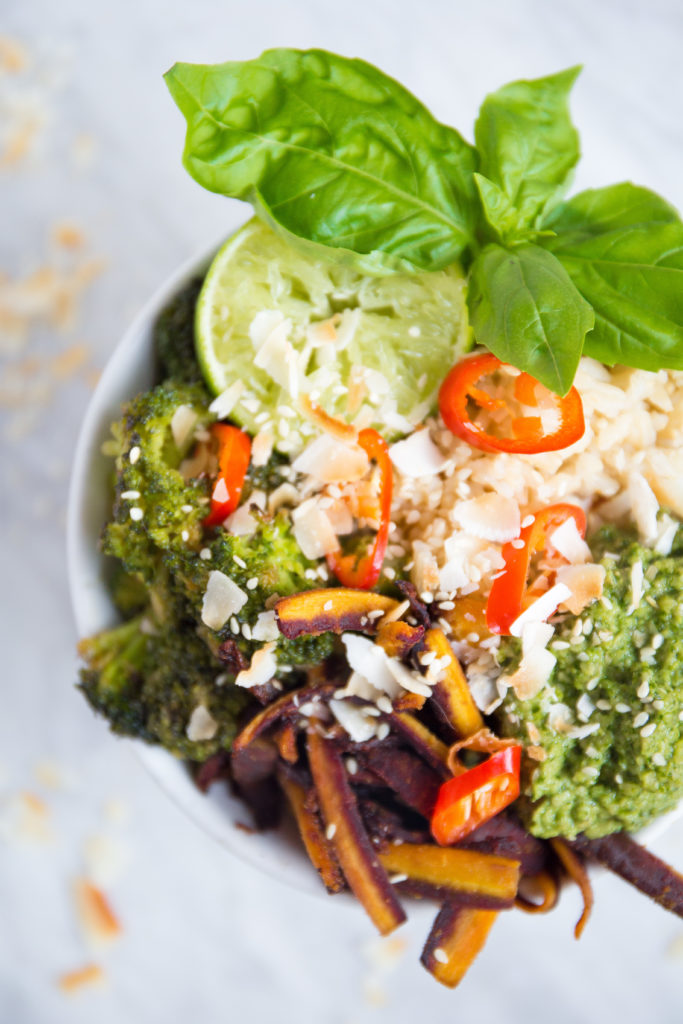

This, I think, is crazy—why wouldn’t we take advantage of a technique that makes food have way more nutrients, and makes it way easier on digestion?
The soaking process simply involves covering the grain or seed with room temperature water, often with some sea salt or apple cider vinegar added. Then you simply leave it on the counter for 12 – 24 hours, rinse it, drain it, and prepare it as usual. To sprout, you do the same process but leave the grain for several days. It’s an easy enough process, but as you can tell, it’s fairly time consuming.
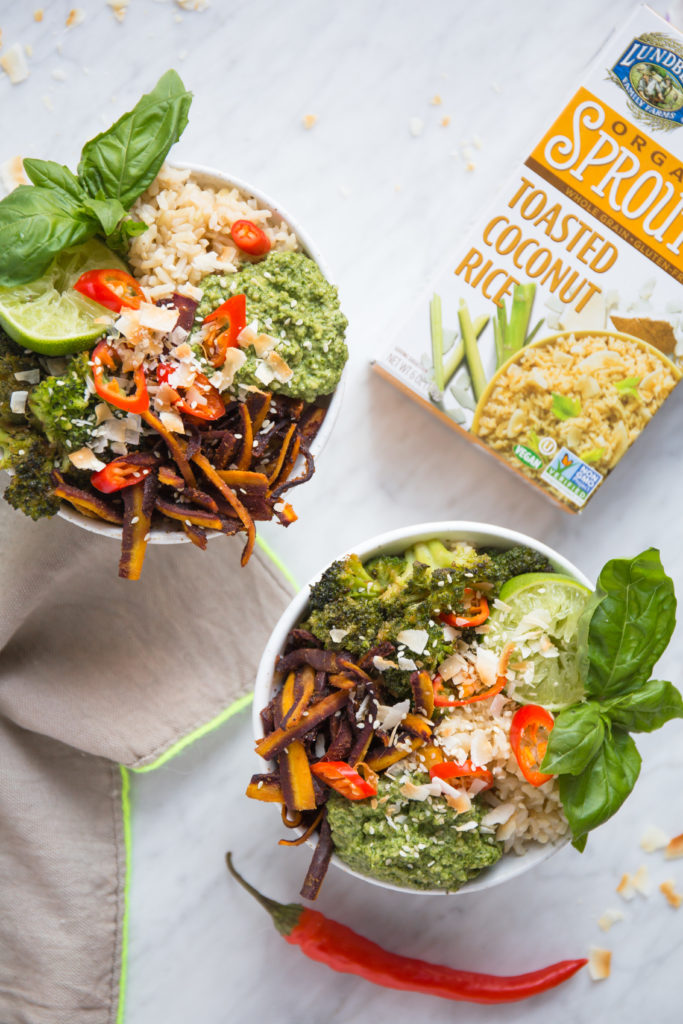

This is why I often try to seek out pre-sprouted products, so I can reap all of the benefits while still having the quick convenience of an easy dinner. Lundberg Family Farms’ sprouted rice blends are some of favorites—they’re packed with spices and provide an awesome base flavor that, if you add some vegetables, quickly turns into a delicious meal. They’re also all organic, which is hugely important to me, both for the environment and my own personal health.
That’s exactly what I’ve done with this Thai Buddha Bowl. I’ve layered the Lundberg Family Farms Sprouted Toasted Coconut Rice (which tastes exactly like the coconut rice you get at Thai restaurants), and added some Sesame-Soy Broccoli, Curried Ginger Carrots, and Thai-spiced basil and cilantro pesto sauce. I topped the whole thing with a few red peppers and the toasted coconut flakes that come with the Lundberg Family Farms rice. The result? A dinner that takes mere minutes and little effort to make, but that’s absolutely packed with nutrients and super delicious.
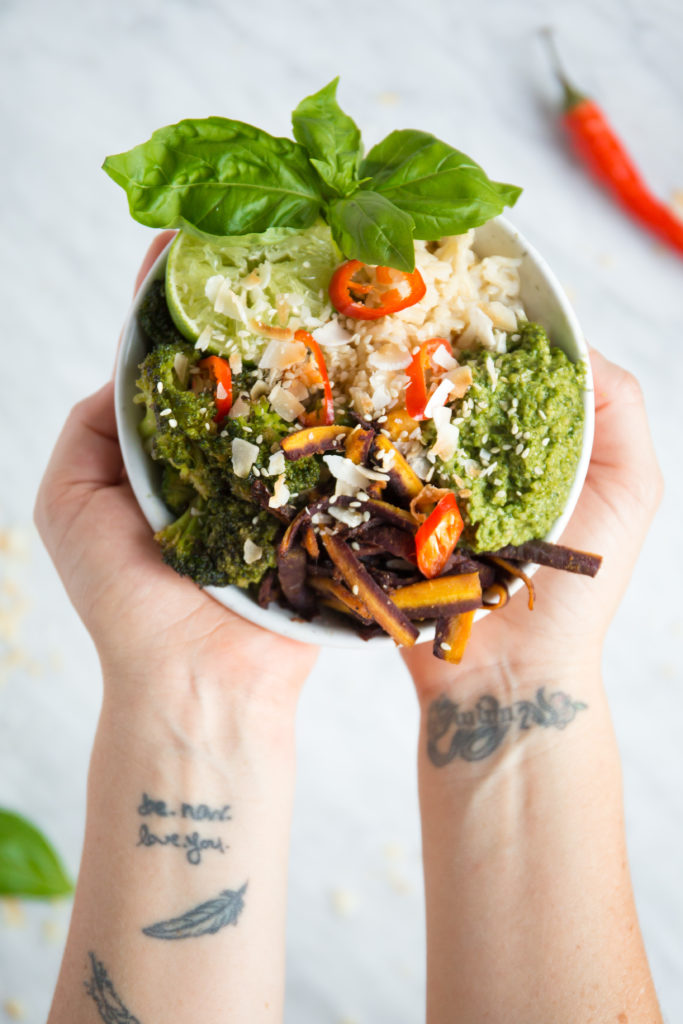

Super Easy Thai Buddha Bowl
Ingredients
Sesame-Soy Broccoli
- 1 head broccoli, cut into florets
- 2 tablespoons toasted sesame oil
- 1 tablespoons soy or tamari sauce (look for tamari, if gluten free)
Curried Ginger Carrots
- 3 carrots, cut into small planks
- 1 tablespoon coconut oil
- 1/2 teaspoon ground curry powder
- ½ teaspoon powdered ginger
- ½ teaspoon sea salt
- Lundberg Toasted Coconut Rice, prepared according to package instructions
- Thai Pesto Sauce
- 2 small red chili peppers, cut into thin slices
- Sesame seeds, for garnish
Instructions
- Preheat oven to 375 degrees. Toss broccoli with sesame oil and soy sauce. Toss carrots with coconut oil, curry, ginger and salt. Spread both in a single layer on separate parchment-lined baking sheets. Bake until edges are golden brown, flipping once halfway through. This should be about 25 – 30 minutes, although you may need to remove carrots or broccoli first and let the other continue cooking, depending on sizes cut.
- To make bowl, divide rice between four separate bowls. Top with carrots, broccoli, pesto and chilies, then add toasted coconut flakes and sesame seeds to garnish. Serve immediately.
This post was brought to you in partnership with Lundberg Family Farms, a family-owned brand I’ve loved and supported for a long time. It’s brands like Lundberg Farms who let me bring all of the content on Sprouted Routes to all of you!

